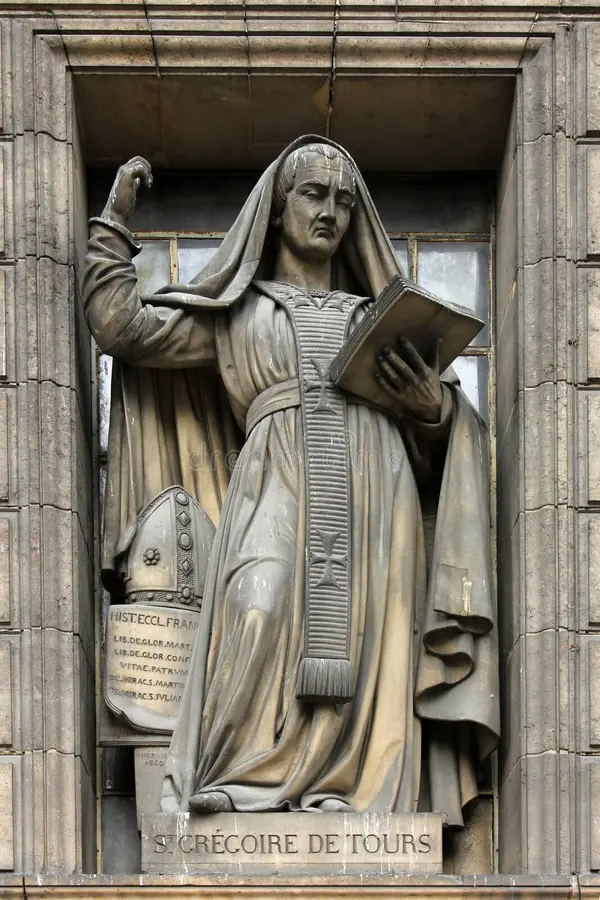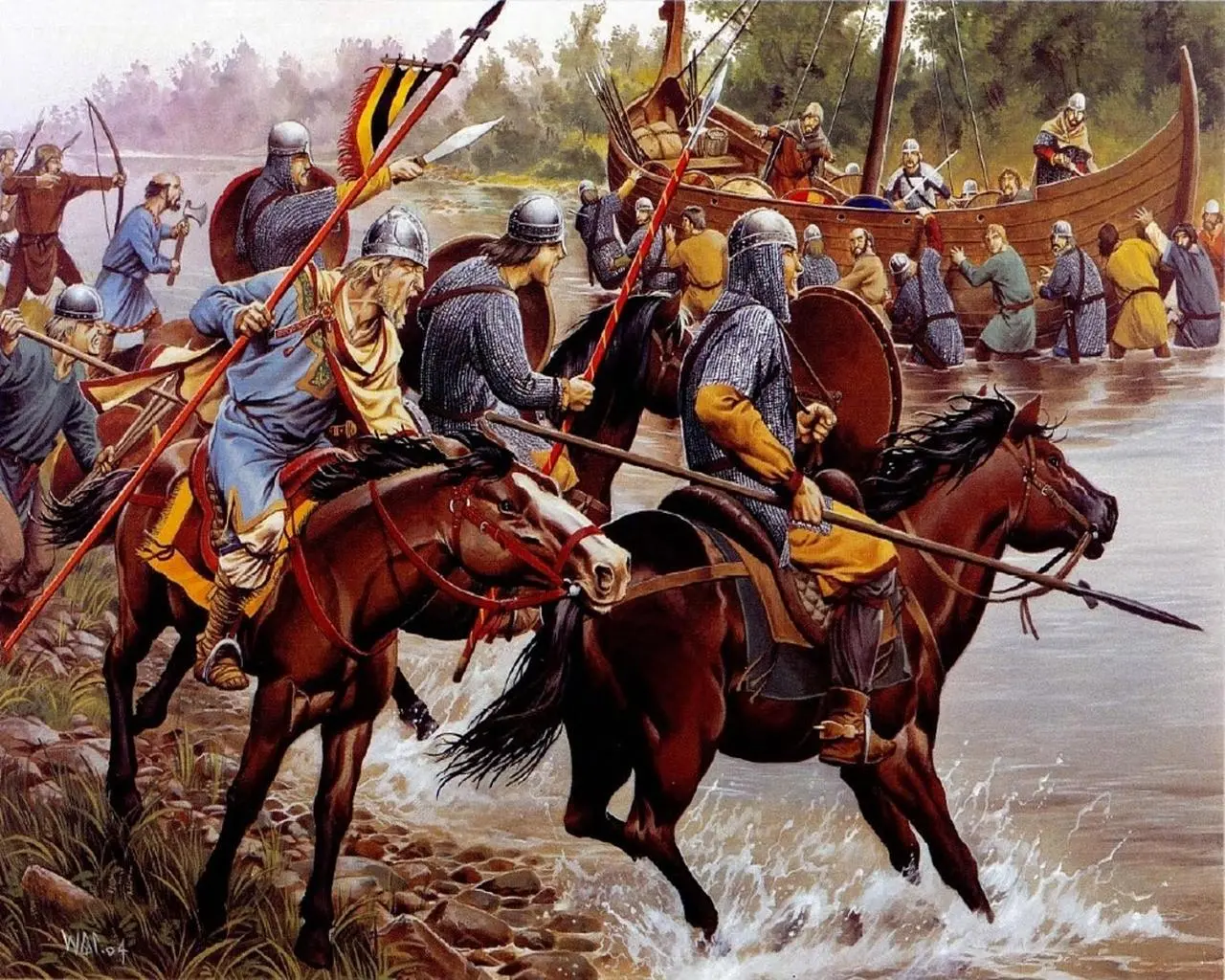ruling dynasty of medieval Germanic kingdoms
In one sense the Merovingians are the best-known ruling dynasty of all the early
medieval Germanic kingdoms, in part because the early Merovingians were so
vividly witnessed in writing by Gregory, Bishop of Tours (538–594). Aside from
Gregory’s detailed (but hardly unbiased) character vignettes of some of the
Merovingians, surviving evidence to reconstruct a genealogy of the whole dynasty is quite sparse.
Aside from Gregory’s detailed (but hardly unbiased) character vignettes of some of the Merovingians, surviving evidence to reconstruct a genealogy of the whole dynasty is quite sparse. A detailed tabular genealogy (in German) with biographical and source annotations and special attention to onomastics (naming patterns) was published by Eugen Ewig in the journal Francia in 1991.
Because it is now freely available online, Ewig’s work is more accessible than the genealogical tables in Detlev Schwennicke’s multi-volume tabular genealogical compilation, Europäische Stammtafeln (volume 1, part 1, latest edition, 1998, corrected reprint 2005), though Schwennicke’s work was intended as a reference-room staple. A comprehensive narrative genealogy (in French) by Christian Settipani was published in La préhistoire des Capétiens, 481–987, part 1, Merovingiens.

For a comprehensive analysis of Charlemagne’s potential descent from the Merovingians, including scholarly discussions and genealogical charts, read the full document by clicking the link below.


